
Words and photos by Tony Santos
Braving the open sea, wrangling wild animals from the depths of the ocean, and taking the kill home to feast upon the meat.
Ok, it’s no Deadliest Catch, but Daniel Hoffman is regularly enjoying fresh Dungeness crab, caught from the comfort of his kayak.
Every few weeks Hoffman, a biology major at SF State who lives a few minutes drive from Baker Beach, loads his kayak into a pickup truck and heads out to make good on what the San Francisco Bay has to offer.
About two years ago Hoffman started kayak crabbing, adding to the other water-related activities he enjoys. He says crabs are abundant in San Francisco and come in shallow waters to spawn, making them an easy catch.
After sending out his nets and waiting a few minutes in the kayak, Hoffman has his first crab, and continues until he’s satisfied. Pulling in the final net, Hoffman paddles in, packs up, and heads home to unload his equipment and catch.
Arriving home, its time for Hoffman to finish the job. He boils a pot of water with table salt, measuring only with his eyes, and drops in the sweet crustaceans. Once the crabs are done cooking, they must be cleaned.
Hoffman begins by separating the telson—the pointy-triangle on the bottom—from under the abdomen, allowing the body to be detached from the shell. He then removes the gills and guts from the body, leaving legs, claws and torso meat.
A relaxing day on the water, followed by a meal fit for kings—not bad for a day in the life of a student.
Bon appétit!
[widgetkit id=5760]



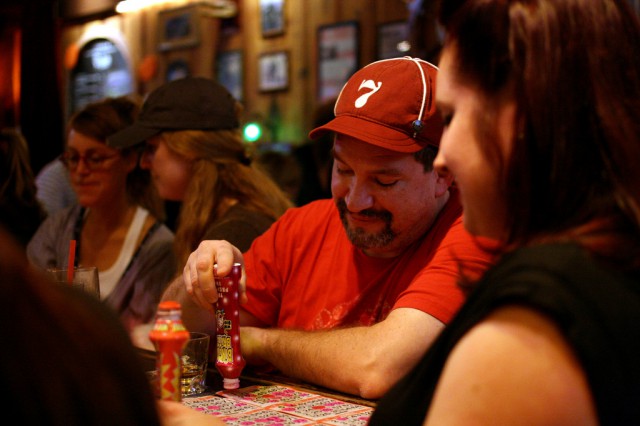
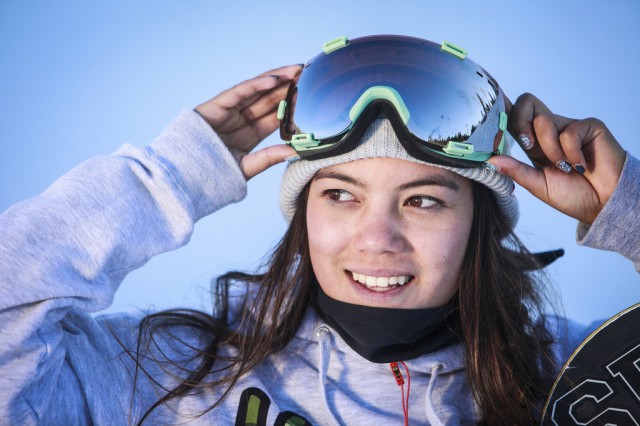
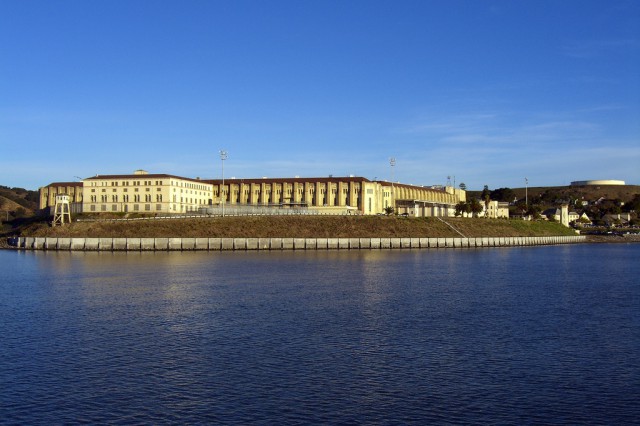
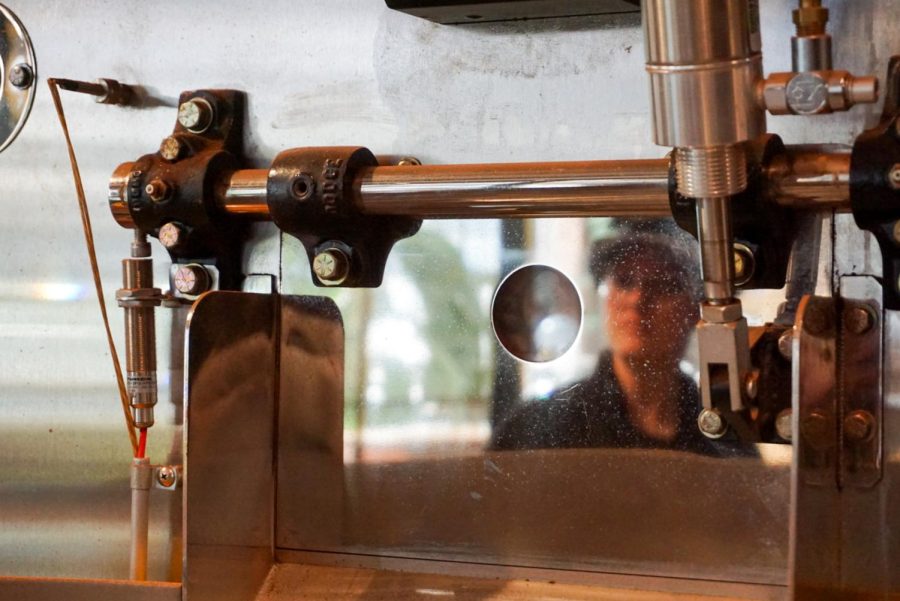
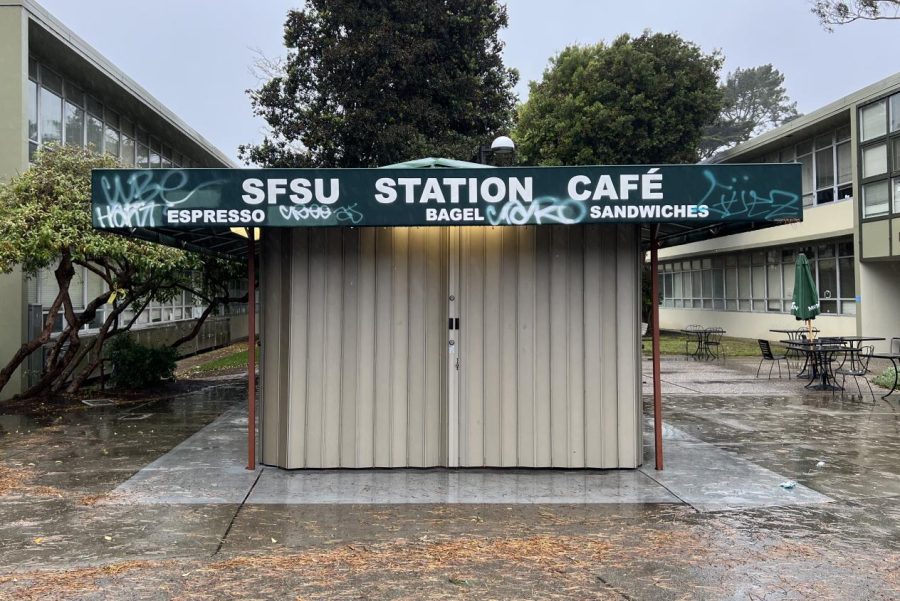
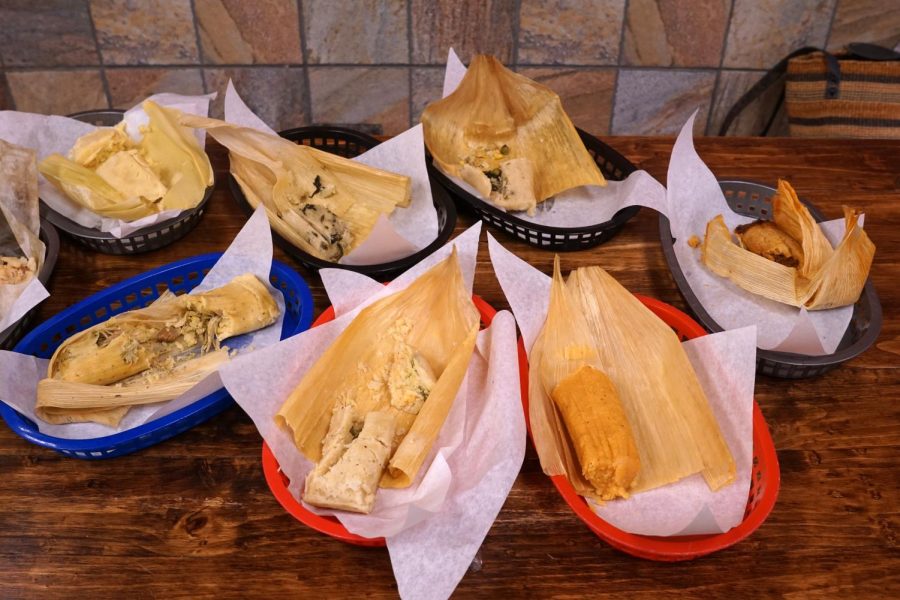
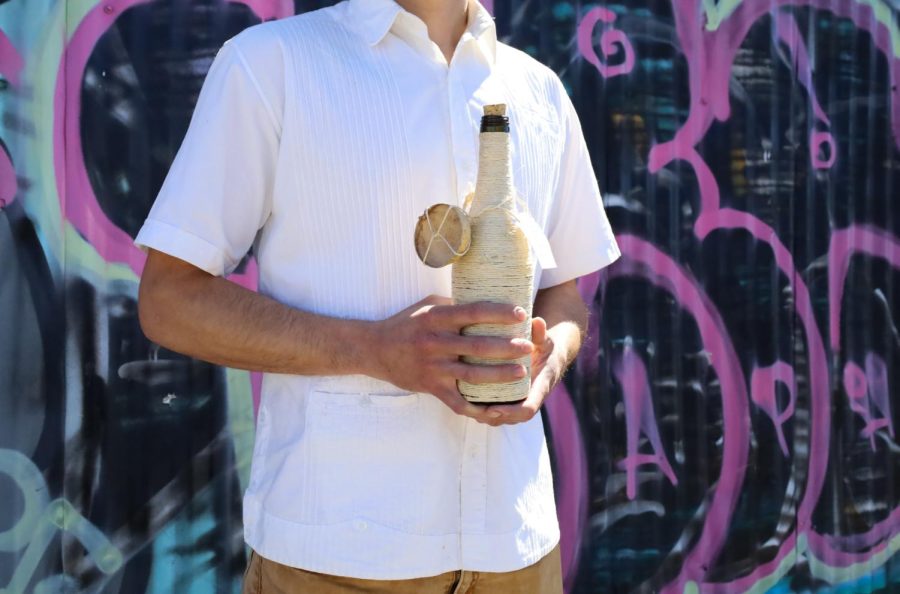
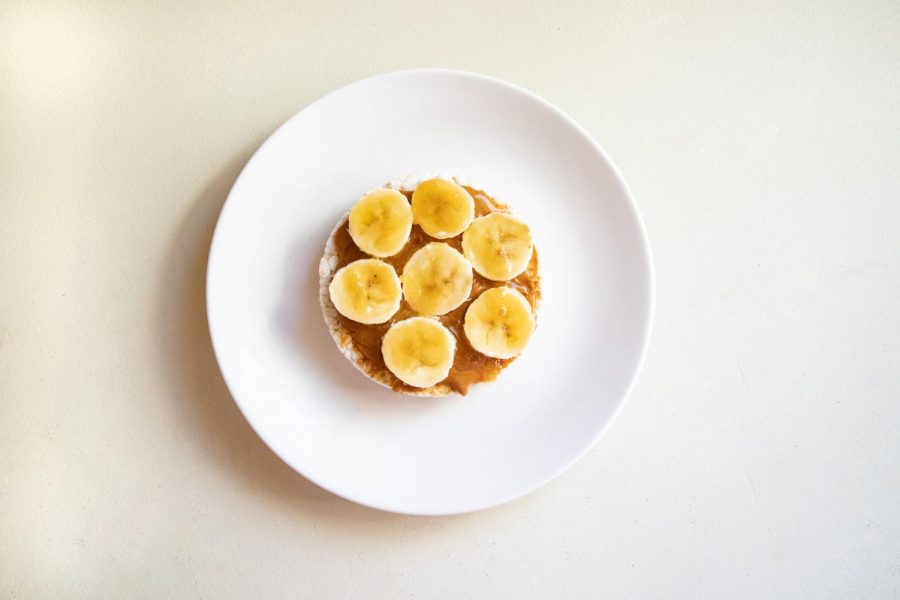
Erlinda Duquaine • Jan 24, 2015 at 7:59 am
Always good to see, this was obvious a brilliant post. In theory I would like to write like this too. You need time to creat that informative and in addition lots of effort to create a brilliant article.
http://www.google.com/1230